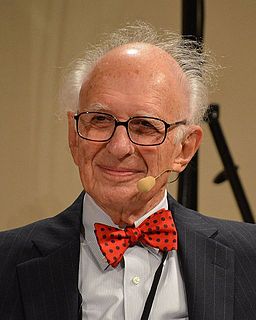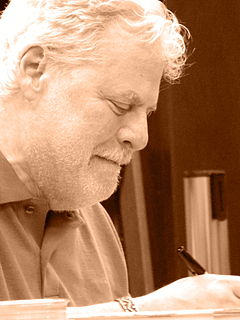A Quote by John Eccles
The body and dendrites of a nerve cell are specialized for the reception and integration of information which is conveyed as impulses that are fired from other nerve cells along their axons.
Quote Topics
Related Quotes
In nerve-free multicellular organisms, the relationships of the cells to each other can only be of a chemical nature. In multicellular organisms with nerve systems, the nerve cells only represent cells like any others, but they have extensions suited to the purpose which they serve, namely the nerves.
Yoga stimulates different nerves in your body, especially the Vagus nerve that carries information from the brain to most of the body's major organs, slows everything down and allows self-regulation. It's the nerve that is associated with the parasympathetic system and emotions like love, joy and compassion.




































